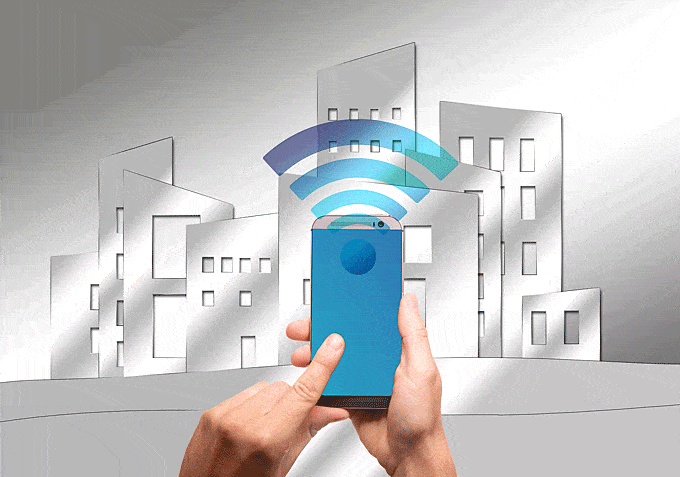words Al Woods
Bring Your Own Device (BYOD) is a growing trend that allows employees and students to use their personal devices, such as smartphones, laptops, and tablets, for work or educational purposes. It has gained popularity in recent years due to its cost-effectiveness, increased productivity, and seamless integration of personal and professional tools. In this blog, we will delve into the advantages and challenges of BYOD implementation, its impact on education and workplaces, security concerns and solutions, and the future trends in BYOD.
Advantages of BYOD
One of the primary advantages of BYOD is its cost-effectiveness for organizations and educational institutions. Instead of providing devices to every employee or student, organizations can leverage the devices employees and students already own, saving significant costs. In addition, BYOD enhances employee and student satisfaction, as people often prefer using their familiar devices for work or learning. This familiarity leads to increased productivity and efficiency, as users are comfortable with their devices and can navigate them seamlessly.
Security Concerns and Solutions
Despite its benefits, BYOD brings security concerns to the forefront. The use of personal devices in professional or educational settings can lead to data breaches, unauthorized access, and malware attacks. To address these risks, organizations, and schools need to implement robust security measures. This includes adopting encryption, requiring strong passwords, and setting up remote wipe capabilities in case of a lost or stolen device. Educating users about potential security risks and promoting responsible device usage is also crucial in ensuring data privacy.
Device Compatibility and Management
BYOD introduces a diversity of devices and operating systems into the workplace or classroom, leading to compatibility challenges. Organizations and schools need to accommodate various devices and ensure that their systems and applications work seamlessly across them. Mobile device management (MDM) solutions provide a centralized platform to manage and secure these devices. With MDM, administrators can enforce security policies, monitor device usage, and push software updates to all connected devices.
BYOD in Education
BYOD has transformed traditional classrooms, offering opportunities for personalized learning and increased student engagement. Students can use their devices to access educational resources, collaborate with peers, and participate in interactive learning activities. Successful BYOD implementations in schools have demonstrated improved student motivation and interest in learning, as well as the development of essential digital skills.
BYOD in the Workplace
In the corporate world, BYOD has become an integral part of the modern work environment. It enables employees to work remotely, increasing flexibility and work-life balance. With their familiar devices, employees can access work-related data and applications from anywhere, streamlining workflow and boosting productivity. BYOD policies in workplaces need to strike a balance between enabling remote work and maintaining data security.
BYOD and Data Privacy
While BYOD offers numerous benefits, it also raises concerns about data privacy. Organizations must prioritize data protection and establish clear BYOD policies that address data security and privacy. Ensuring that sensitive information is adequately safeguarded on personal devices is vital in maintaining trust with employees and students. Legal and ethical considerations are also essential, as organizations need to comply with data protection regulations and respect user privacy.
Training and Support for BYOD Users
To make BYOD adoption successful, organizations and schools must provide adequate training to employees and students. Educating users about best practices for device security, data handling, and responsible usage is essential in mitigating potential risks. Additionally, establishing a support system for technical issues and troubleshooting ensures a smooth transition to BYOD.
Addressing Equity and Accessibility
One challenge associated with BYOD is the digital divide, where some employees or students may not have access to their own devices. Organizations and educational institutions need to address this issue by providing alternative solutions, such as offering device loans or subsidies to those in need. Ensuring equal access to resources is essential to avoid furthering existing inequalities.
BYOD and Remote Work/Remote Learning
The COVID-19 pandemic has accelerated the adoption of remote work and remote learning, further highlighting the relevance of BYOD. BYOD enables employees and students to stay connected and productive from home or any other location. However, managing remote BYOD environments requires careful consideration of security, device management, and user support.
Future Trends in BYOD
As technology continues to evolve, the future of BYOD will see advancements in security measures, device management solutions, and user experiences. Emerging technologies like biometrics, artificial intelligence, and cloud-based services will play a significant role in shaping the future of BYOD. Additionally, as remote work and learning become more prevalent, BYOD will remain a critical component of the modern workforce and educational landscape.
Bring Your Own Device (BYOD) has become a prominent trend in workplaces and educational institutions due to its numerous benefits. From cost-effectiveness to increased productivity and personalized learning opportunities, BYOD offers a wealth of advantages. However, it also comes with security concerns that need to be addressed through robust data protection measures and clear BYOD policies. As BYOD continues to shape the future of work and education, organizations and schools must stay proactive in adopting best practices and keeping up with the evolving landscape of technology.











